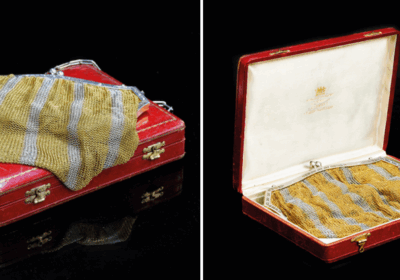As we approach the end of the spring calving season, we have started to see a rise in the number of outbreaks of scour (diarrhoea) in groups of calves.
It is not unusual to see more cases occurring in the youngest calves, especially towards the end of the calving block. The youngest animals are most vulnerable to infection. They haven’t had a chance to build up any immunity, so if they are exposed to these bugs before they have any antibody protection from their mother’s colostrum they succumb quickly. We see more problems now because there has been a high turnover frequency in the calving yard and where these pathogens are shed into the environment they will build up over time. If the beds build up where are not being cleaned out quick enough, they get damp and warm – the perfect environment for the survival and multiplication of several bugs. Suddenly the pathogen load becomes too high for the calves to avoid.
We see outbreaks of E.coli, rotavirus, coronavirus and cryptosporidiosis in calves ranging from a few days to a couple of weeks old. If outbreaks of scour are occurring in older calves, then we may suspect coccidiosis. The only way to know what you are dealing with is to test faecal samples from the affected group. Often results are most rewarding when these samples are tested fresh and before treatment has been given. With younger calves, where E.coli, rotavirus, coronavirus or crypto is suspected, testing just the affected calves will often yield results. We can do these at our in-house lab or out on the farm, so we can turn the results around while you wait. This means we can dispense the correct treatment as soon as possible.
The most important treatment for scouring calves is rehydration therapy. This can be administered either orally or intravenously by your vet. The level of dehydration will dictate what treatment is required. Contrary to previous belief, we find that calves do better when they continue to receive milk; cutting out milk feeds will only starve calves of much-needed energy. Milk feeds however, should be alternated with rehydration therapy rather than being mixed together, because mixing disturbs the digestion process.
It is also important to give calves pain relief. Antibiotics are rarely required, unless a bacterial infection is identified, or where secondary gut infections are suspected.
The viruses have no specific treatments, so supportive therapy is required. This can feel frustrating when you are in the middle of an outbreak. But good calving-yard hygiene and top-quality colostrum, fed at 10% of body weight within the first six hours of life, should be enough to give the calf substantial resilience. Where this isn’t enough, a vaccine can also be given to the mothers 3–12 weeks before calving to boost their antibodies to rotavirus, coronavirus and E.coli. Calves should then receive enough protective immunity via the mothers’ colostrum.
It is not uncommon to see these outbreaks occurring in both dairy and beef herds, but it can be logistically more challenging to treat beef calves who are still with their mothers. Especially where cryptosporidum is diagnosed, and the treatment requires daily oral doses for a week in total. It is critical that this is done safely, away from protective cows. If you suspect you may be having similar issues, then please do get in touch on 01258 472314 so we can help formulate a treatment and prevention plan.
by Alice Miller BVSC DBR MRCVS, Friars Moor Livestock Health











Leave a Reply